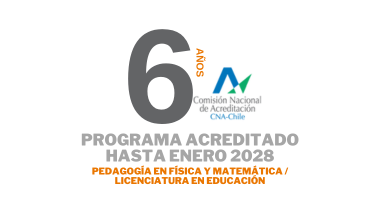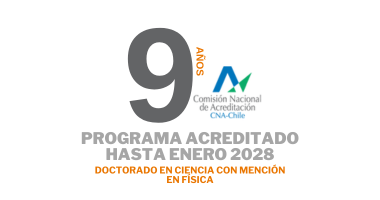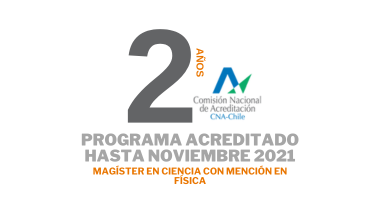Nanoenergía y Materiales Ópticos Avanzados
|
|
Metal-Organic Frameworks for Quantum CommunicationOur group is currently developing high-throughput virtual-screening software using open-source RDKit tools together with in-house physical modelling, for the automated discovery of experimentally accessible single-crystal metal-organic frameworks (MOF) that can enable efficient second-harmonic generation (SHG) and spontaneous parametric down conversion (SPDC). This computational material discovery effort expands our previous work on the design of nanoscale nonlinear waveguides for third-order quantum nonlinear optics. Our goal is to build a large-scale computational and synthetic capacity to develop new entangled photon sources and frequency doubling devices based on high-quality MOF crystals. This is one of the main research directions of the new Millennium Institute for Research in Optics. |
|
|
Cavity Quantum Electrodynamics with Organic MaterialsWe are developing new theoretical and numerical frameworks to study the complex quantum dynamics of organic materials embedded in optical and infrared optical cavities, in order to address outstanding questions and propose new experiments in the emerging field of organic cavity quantum electrodynamics. One of our goals is to theoretically construct robust quantum control schemes for the manipulation of optical, electronic and vibrational processes in organic molecular samples under strong and ultrastrong intracavity light-matter coupling. Our current efforts are focused on manipulating chemical reactions and nonlinear optical properties of organic materials, using quantum optics and quantum control techniques. We are also very actively developing efficient numerical methods to solve the complex internal quantum dynamics of organic cavities in the strong coupling regime, in order to realistically simulate experimental cavity observables such as the emission spectrum for arbitrary driving strength, the rates of chemical reactions and the nonlinear propagation of optical signals. |








